
How to choose the right Trail shoes?
Trail is a discipline for running and nature lovers. But not only ! The trail provides sensations of self-surpassing, freedom, discovery of new horizons ... For these good sensations to be at the rendezvous, you must choose the equipment adapted to your practice and your comfort.
Whether you practice trail pleasure or competition, on short or long distances.
Whether you challenge yourself by taking up ultra trails, such as the famous races: the UTMB(Ultra Trail du Mont Blanc) or the Diagonale des Fous inReunion Island.
Or that you enjoy at your own pace in the beautiful mountains of your regions.
You should find the right shoe for you.
In this article, we will guide you on how to choose the right pair of trail shoes for you.
The criteria to choose your pair of Trail shoes
When you choose your shoes, protection, waterproofing, breathability, grip are all criteria to be taken into account in your choice, these are more or less important depending on the type of shoe:
- the frequency of your sessions,
- the distance you travel,
- the type of terrain.
In addition to taking these elements into account, you need to understand how a trail shoe is made to choose the right one for you.
How is a trail shoe made?
The mesh
The choice of the mesh on the top of the shoe, often called mesh, is important and depends on how you use the shoe. A dense and tight mesh provides protection and support for the foot, but the breathability of the shoe is reduced. When, on the other hand, the shoe has a ventilated mesh, it will allow water to evacuate more quickly. It is therefore important to choose the right mesh for the terrain you practice in. If you go on stony ground, the mesh must be resistant, on wet ground a tighter mesh or even waterproof will be required, on dry ground, the ideal is to have a more ventilated mesh to increase breathability. It can also be interesting to take an additional protection against the weather elements. Especially in winter, on wet and/or muddy terrain, it is advisable to take trail shoes with waterproof protection. Gore-Tex is often the material of choice, but many brands of trail boots have now developed their own waterproof membranes that work just as well and are generally cheaper.
The sole
The sole of the shoe also plays a role in your choice. It is composed of 3 soles:
- the insole which brings comfort and evacuation of sweat,
- the midsole which contributes to stability andcushioning,
- the outsole in direct contact with the ground, its role is to providegrip and adhesion depending on the type of terrain.
For running in the city or in nature, it is strongly recommended to have a midsole made of EVA, a foam that provides stability, comfort and cushioning. The outsole must be adapted to the type of terrain on which you wish to run:
- On a wet and/or greasy ground: It must grip, and have deep enough studs. If the terrain is rather rocky, spaced crampons are preferable.
- On dry ground:The sole requires more flexibility.
The drop
Another important component of the trail shoe is the drop. This can strongly influence your stride. The drop is the difference in height between the front and back of the shoe and therefore corresponds to the inclination of the foot in the trail shoe. It is measured in millimetres, usually found from 0 to 12 mm. It is necessary to pay particular attention to the drop, when you choose a trail shoe because it can be the cause of injury if it is not suitable for your practice. Indeed, the higher it is and the more it pushes you to put the heel first, which increases the impact and tends to traumatize your joints and your body. The universal drop is 8 mm. The more you run, the more you know your stride and the more you can choose shoes with a drop adapted to your use. With a lower drop, you run more on the front of the foot, limiting impacts but putting more strain on the calves.
Protection
Then the lightness is also to be taken into account in the choice of your trail shoes. Again, it will depend on the type of terrain where you run. If you run on rocky terrain, it is preferable to have stone guards to protect your feet, which tends to make the shoe heavier. However, on softer paths, the ideal is to have shoes that are lighter and less rigid than those with stone guards.
Comfort
Finally, comfort is one of the most important criteria, feeling good in your sneakers is the basis. To begin when you try on shoes, you must feel good in them immediately, if you perceive the slightest discomfort, let it go, it may become more pronounced during your outings trail. The best if you can is to walk, then run to test them. As for the size of the shoe, it is best to choose a half, or even according to some brands, a size above your daily shoe size. The aim is to avoid rubbing your feet, which swell with effort and heat, while keeping the precision and the foot maintained.
With all these tips, we hope you will find what you are looking for.
Our selection
 |
 |
 |
 |
Mafate Speed 2 |
Akira |
Supertrac RC |
Agravic XT |
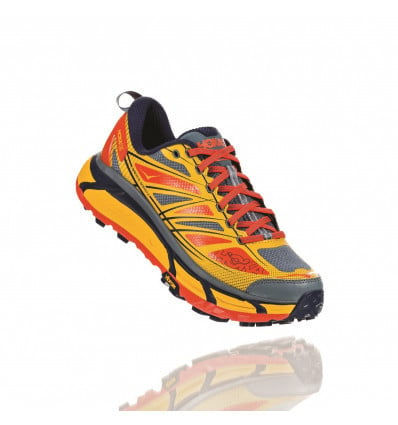 |
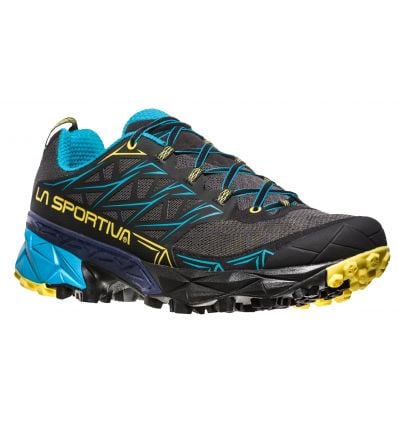 |
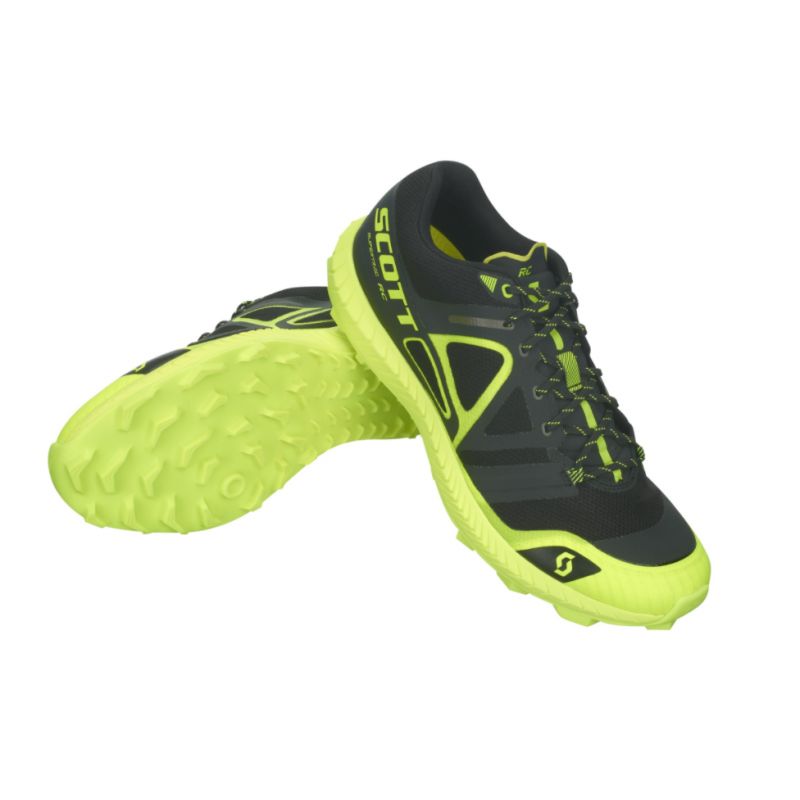 |
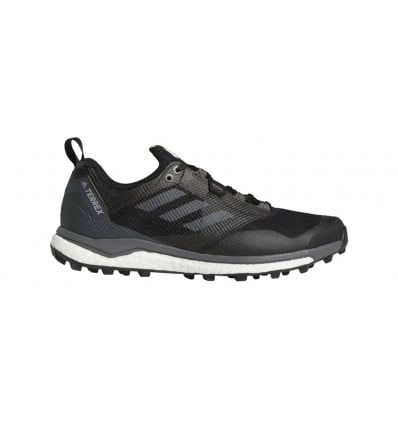 |
| 170 € | 155 € | 155 € | 159 € |

.jpg)
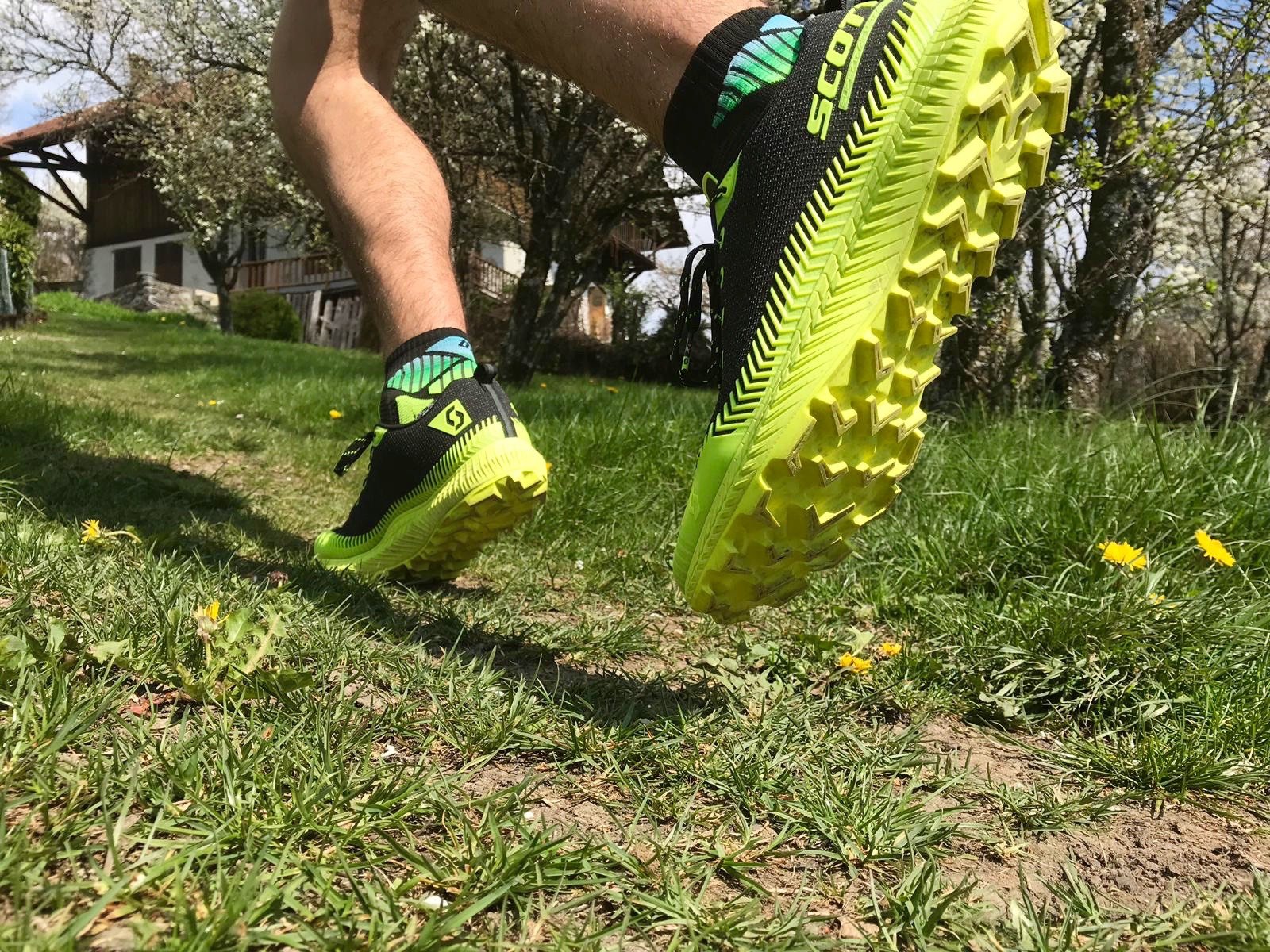

Leave a Reply
All fields are required